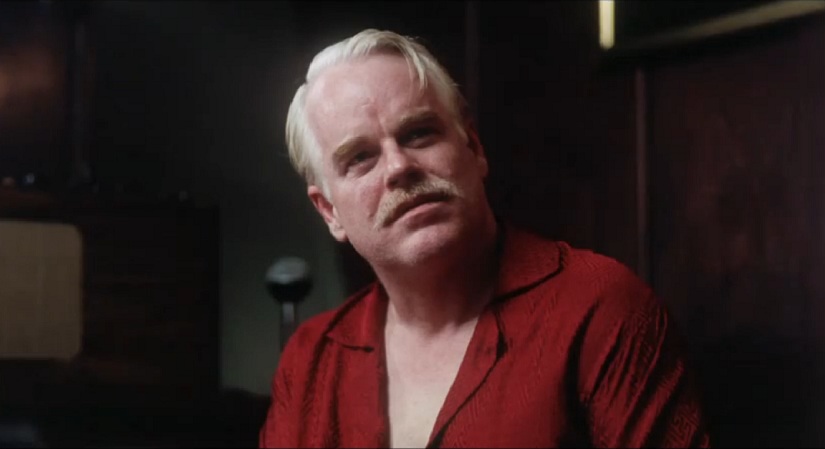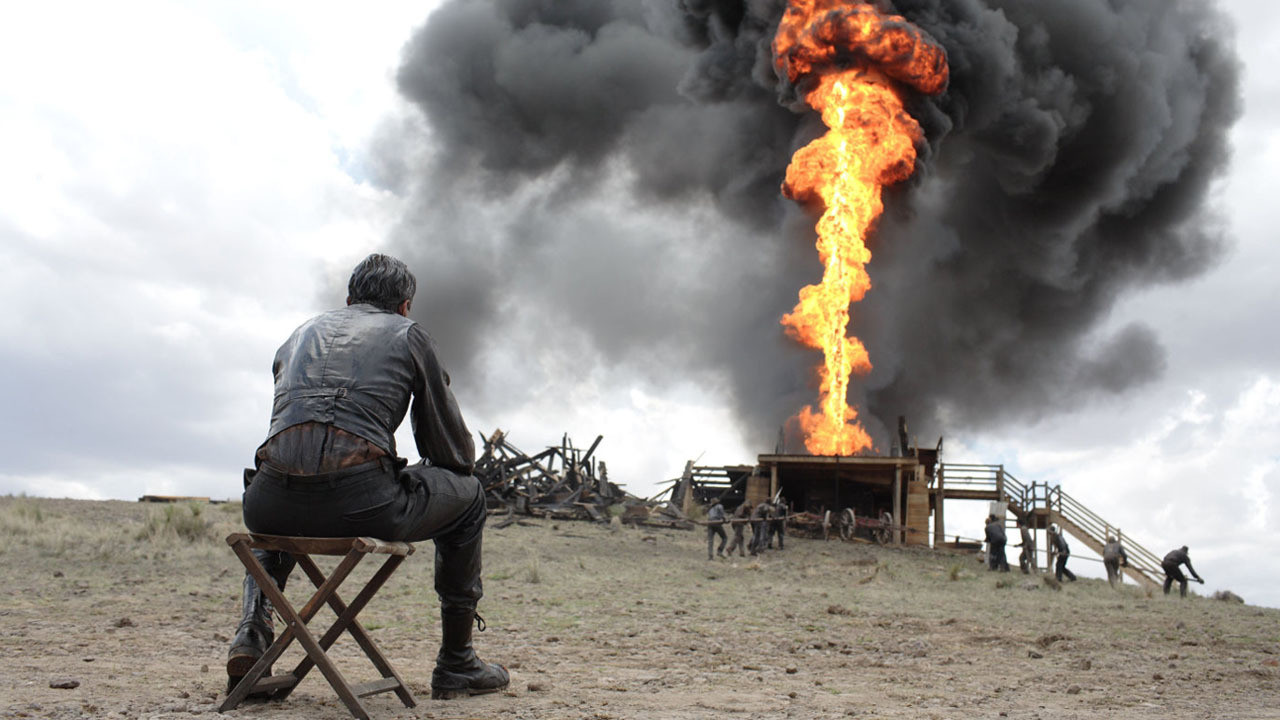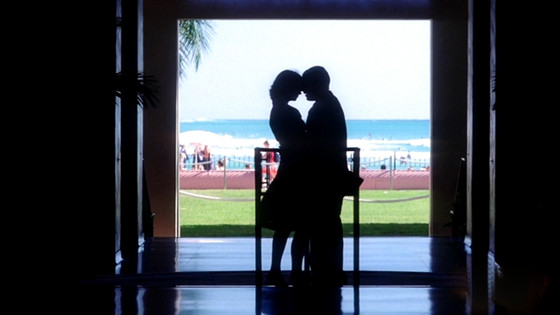5. The steadicam can often be employed in a beautiful way
The steadicam has been employed by a number of filmmakers over the years; Kubrick’s use of the steadicam in The Shining is perhaps one of the most famous uses. It has a great effect, creating smooth, sweeping motions for tracking and following actors and movement.
Anderson has been a fan of the steadicam from the very beginning. Just think of those dynamic, sweeping shots of the casino at the beginning of Hard Eight, or the virtuoso opening to Boogie Nights where the camera sweeps down from a sign displaying the film’s title, along the street and into the nightclub. Here Anderson uses it for introducing us to the main characters of the film. However, it is also a display of his cinematic craftsmanship and what can be achieved with technology currently available.
4. Handpick your actors and maintain close working relationships with them

One thing that Paul Thomas Anderson has done throughout his career is hand pick a stellar cast. From his days riding around with John C. Reilly filming a mockumentary about L.A. Cops, Anderson has always maintained good relationships with his cast to ensure he gets the best out of them. For example, in his first short film, The Dirk Diggler Story, Anderson got his dad – esteemed voice over man and celebrity in his own right Ernie Anderson – to do the commentary.
What is more, as Jason Sperb tells us in his book on Anderson Blossoms and Blood, Anderson kept a close working relationship with Daniel Day Lewis for years in the run up to filming There Will Be Blood.
Perhaps the apotheosis of Anderson keeping close friendships with his cast is evidenced in his relationship with Phillip Seymour Hoffman. Hoffman acted in more films for PTA than any other actor, and the two were very close offset. After his untimely death, Anderson even read Hoffman’s eulogy at his funeral. Thus what we can learn from Anderson is that quality acting often comes from good working relationships.
3. Don’t understate the power of music
Music has long been a central feature of Anderson’s cinema. When he got the funding for Boogie Nights it was on the basis that it would be marketed as a soundtrack movie, to generate more revenue through sales after the release of the film for people to buy the soundtrack to the film.
Nowadays, Anderson is proving is central to mood and tone through his collaboration with Radiohead guitarist Jonny Greenwood. So far, they have worked with each other on There Will Be Blood, The Master, and, most recently, Inherent Vice. A film’s score is so important to the mood and tone communicated to the audience.
Take the opening to There Will Be Blood for example; an atonal drone on the violin accompanied by a shot of a mountain. It is simple, earthy and also, to a large extent, terrifying; it imbues you with a sense of impending doom. If you were to take the shot on its own, it would not have the same effect. Inherent Vice blends the two approaches of Boogie Nights and There Will Be Blood.
On the one hand, Greenwood’s score riffs beautifully off the detective genre, evoking films such as The Long Goodbye, a film Anderson cites as a key influence on the film. However, it is also a soundtrack rich in songs emblematic of the period; these well chosen songs fit the tone of Inherent Vice perfectly and show the importance of selecting music wisely.
2. Be wary of your location and be ready to adapt

There Will Be Blood in particular demonstrates that having a good eye for space and how to use it is key in filmmaking. There has been a lot of critical discussion on what type of film There Will Be Blood actually is due to Anderson’s complex and subtle use of location: is it an epic? Is it simply a drama? With it’s expansive vistas and themes of religion, death, politics and the expansion Westward, one would be inclined to say epic.
The way Plainview dominates the landscape as much as the people who work for him and the building of huge derricks which have a tendency to go up in flames takes the film in the direction of an epic. Yet, the film ends in the enclosed space of the bowling alley.
Typically, in an epic, we move to bigger locations and more grandiose set pieces, not smaller ones. This move by Anderson shows just what can be gained from using locations in a creative way in the narrative to subvert the audiences expectations of the film, and thus imbuing the film with a greater level of complexity.
1. Dedicate a lot of time to lighting

Without light, there would be no cinema. This means that lighting is the most important consideration when making any film, a notion demonstrated by Anderson. For example, the lighting in Inherent Vice is so colourful and hazy, the mise-en-scene has a hazy quality to it which has led Mark Kermode to describe Inherent Vice as the kind of film you don’t just watch, you ‘inhale’.
Similarly, the way Daniel Day Lewis is lit when he is underground digging for oil is beautiful; top down lighting to pick out the outside of his oily overalls as he digs around in the dirt gives his outline a silvery, luminescent quality. Or, finally, the lighting in Punch-Drunk Love, which often shifts from dimly lit to bright, mimicking the colourful transitions which accompany scene changes.
In these three films Anderson uses lighting in increasingly innovative and creative ways to set the tone and mood of the film. Of course, lighting is integrated with other filmic elements, but, as Anderson shows, if you dedicate a lot of time to getting it just right, the pay off will be tremendous.